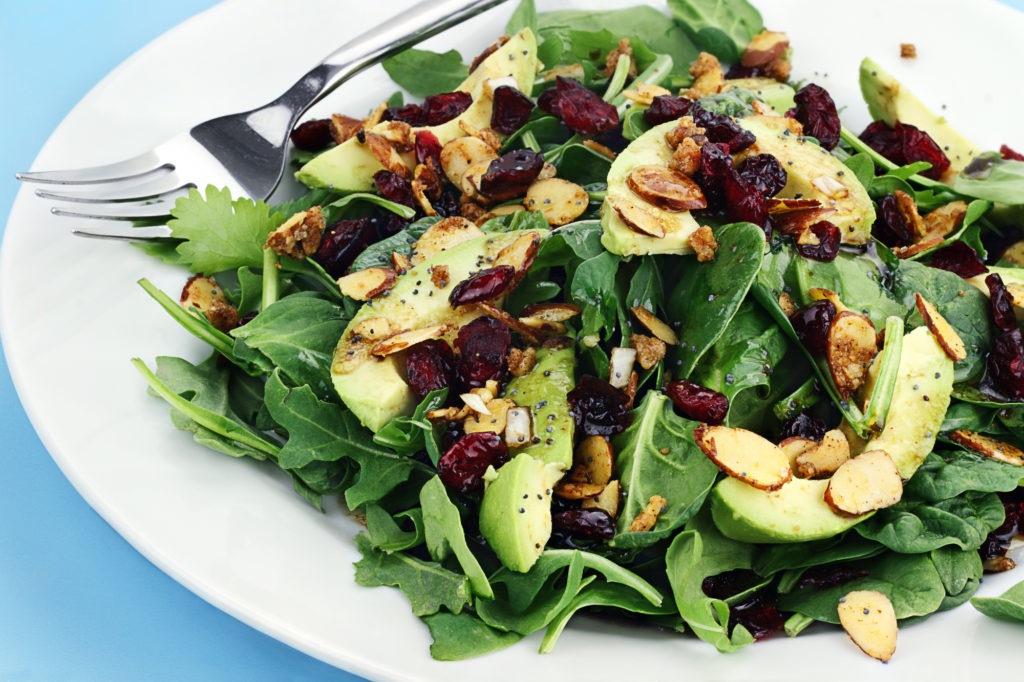
Feeling tired, lacking in energy and just exhausted is a common complaint I hear from perimenopausal and menopausal women.
And many women say that they just feel like this all the time. And this is not right.
The key to feeling and looking fabulous is often linked to energy levels. But how do you stay full energised, keep your batteries charged and avoid energy slumps during the day?
The only way to have sustained levels of energy throughout the day is through your diet.
Would you like to say goodbye to energy slumps for good?
By adopting the following good practices, you can achieve good energy levels throughout your perimenopause years.
Eat nutrients that have a role in energy production.
B vitamins, vitamin C & E, magnesium, iron, zinc and selenium are all required for our bodies to make energy. So, make sure your diet includes lots of vegetables, nuts, seeds, beans, lentils, fish and meat.
Eat the right combination of foods
Make sure that every meal is balanced and contains protein, complex carbohydrates and healthy fat. This will give you a lovely slow release of energy throughout the day.
Great suggestions for lunch and dinner would be a combination of fish, brown rice, quinoa, baked sweet potato, vegetables, lean meat and lentils.
Don’t skip breakfast

Get your day off to a good start by applying the principles above. Your breakfast choice needs to be well balanced. So, a good energising breakfast choice would be porridge with nuts, seeds and berries. Or eggs and avocado on whole grain toast. If there is one meal to get right, it’s breakfast. You have done and dusted 33% of your key nutrients!
Avoid foods that are highly processed and products with added sugar.
This will put you on a blood sugar roller coaster and cause you to have energy peaks and troughs. When this happens, the temptation to reach for a quick fix in the form of a cake or biscuit is very strong. And hey presto, the blood sugar highs and lows begin again, and you are caught in a vicious circle. Sugary drinks and snacks may feel like a good idea at the time, but after the burst of energy comes the big slump.
Instead opt for low glycaemic index foods
The GI/GL is a system which ranks how different foods impact blood sugar levels. It is easy to find the best GI/GL foods on the internet and print them off as a guide to keep. But good examples include yoghurt, sweet potatoes, beans, chickpeas, nuts, apples, pears and peaches.
Instead of opting for a bag of chips, choose whole grains instead. Eat a piece of fruit rather than a processed cereal bar.
Be careful with your alcohol intake.
It will interfere with your sleep. And of course, if you over do it, you will just feel rubbish in the morning.
Don’t overdo the caffeine.
Caffeine isn’t the quick fix you need. It will just give you false energy and after the peak, you may feel even more tired.
Want to beat the fatigue and have good energy levels during your perimenopause?
Don’t be afraid of healthy fats.
Fat has so many functions in our body and sometimes it’s easy to forget that it supplies us with a load of energy. We use some of it immediately and store some for when our carbohydrate stores are depleted.
Good sources of healthy fats include oily fish, nuts and seeds, olive oil and avocados.
Drink plenty of water.

Lack of water is a common reason for becoming tired. Keeping well hydrated will help to maintain good energy levels throughout the day
In summary
Your body is designed to have endless energy. So, if you are feeling tired and sluggish, your body is telling you that something is not quite right. For most people, just making a few changes to your diet can have a massive impact on your energy levels. Good energy during your perimenopause is absolutely possible!
For sustained energy, aim for a varied diet that is full of fruit and vegetables, quality protein and healthy fats.
And avoid the traps that only serve to zap you of energy and are not helpful. The main offenders here are processed and artificial foods, refined carbohydrates and sugar, skipping meals and too much caffeine and alcohol.
Click through to my download to find out more about how to have a happy and healthy menopause

